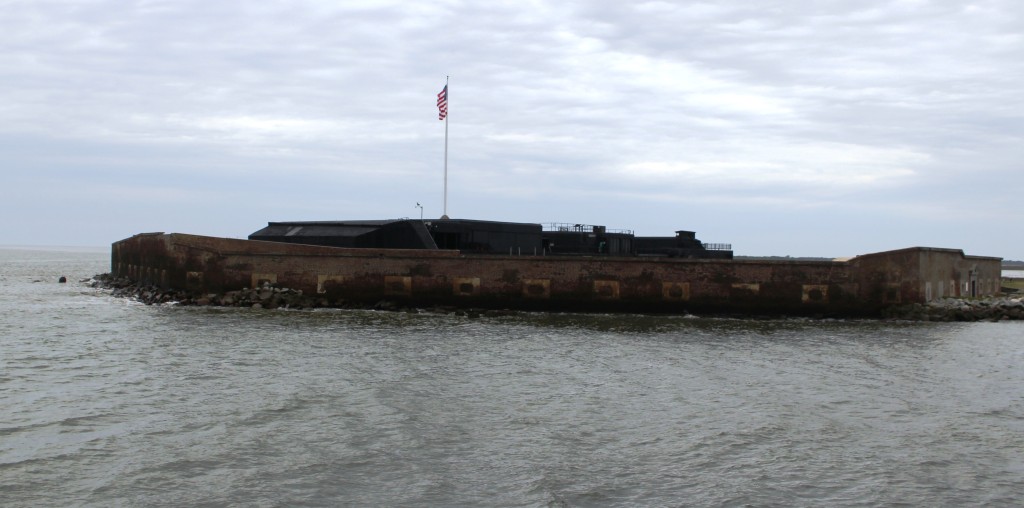
Tom and I had never been to Fort Sumter, despite visiting most of the Civil War sites in the east. But we wanted to visit all the National Parks in South Carolina, so we decided to hit all the Charleston area sites in a couple of days.
We went to the fort on April 12, which turned out to be the 155th anniversary of the attack on Fort Sumter. Our being there that day was entirely coincidental and they had their anniversary celebration the weekend before, so they didn’t do anything except fly the 33-star flag over the fort.
We got on the ferry from Patriot Point. You can also get there from the Fort Sumter Visitors Center in downtown Charleston. The ferry costs the same from both places, but Patriot Point doesn’t have a Visitors Center. It does, however, have a huge gift shop not affiliated with the National Park Service.
It was a gloomy morning – there had been rain during the night – but the boat ride was pleasant and the rain stopped by the time we started out. As we headed out into Charleston Harbor, we could see many of the huge cargo ships coming into the harbor. We also went by Castle Pinckney, another one of the small forts guarding the harbor.
Fort Sumter was built to protect Charleston after the War of 1812. Sand, dirt, and rocks were hauled out into the harbor to form the island on which it was built. Then millions of bricks were hauled out to the island to build the fort, which was a stunning fortress for the day. One side of the fort was five stories tall and there were casements for cannon on three different stories. Of course, the cannon were mostly pointing out to sea, since the fort was designed to prevent invasion by a navy.
When South Carolina seceded from the Union in December, 1861, there was a Federal force at Fort Moultrie, on Sullivan Island, but no one in Fort Sumter. The commander at Fort Moultrie, Major Robert Anderson, decided that Fort Sumter was a better defensive position for his garrison, against what were now hostile forces in South Carolina. On December 26, 1860, he moved his soldiers to the fort. On December 27, South Carolina volunteers took over Fort Moultrie.
South Carolina demanded that the federal forces at Fort Sumter be removed. President Buchanan refused. When President Lincoln took office on March 4,1861, he also refused. He sent vessels to relieve the garrison, which was dangerously low of supplies and ammunition. The southerners, seeing this as an act of war, demanded that Anderson surrender the fort or prepare for battle. Anderson refused to surrender and, on April 12, at 3:20 a.m., shots were fired upon Fort Sumter from Forts Johnson, Moultrie, and Cummings Point. During the first day, although the Federal forces returned fire, little damage was done to Fort Sumter or the forts firing on it.
The next day, April 13, the southern forces began to use hot shot – heated cannon balls – that set the officers quarters on fire and came dangerously close to the powder stores. At 2 p.m., Anderson agreed to a truce where he was allowed to leave Fort Sumter with all his men and full military honors. Only five men had been wounded in the battle, but the first shots were fired and the Civil War had begun. Fort Sumter was held by the Rebel soldiers until 1865.
Today parts of Fort Sumter have been restored: by the end of the Civil War it had been blasted to rubble. There is a large black building – Battery Huger – that was built in the middle of the fort during the Spanish American War. The Fort Sumter museum is located in this building. The fort was turned over to the National Park Service in 1948 after serving as an anti-aircraft station during World War II.
We enjoyed our visit to Fort Sumter. The ferry ride made it feel as if we were stepping back in time. The Park Service waysides and the museum did a good job of showing and explaining how the fort looked and how it was used during the Civil War.

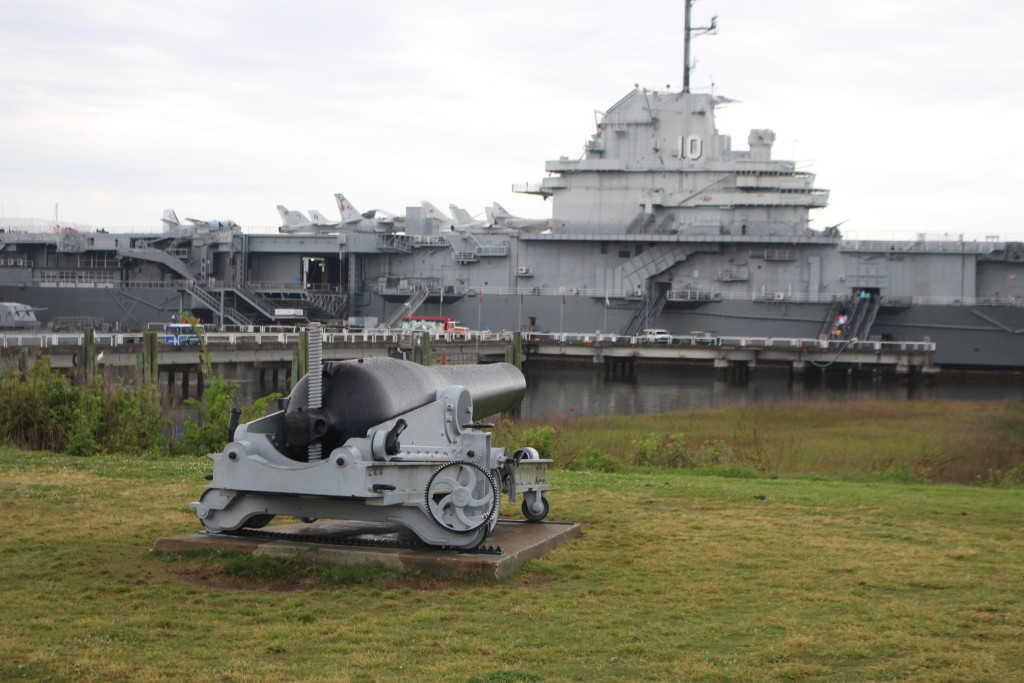
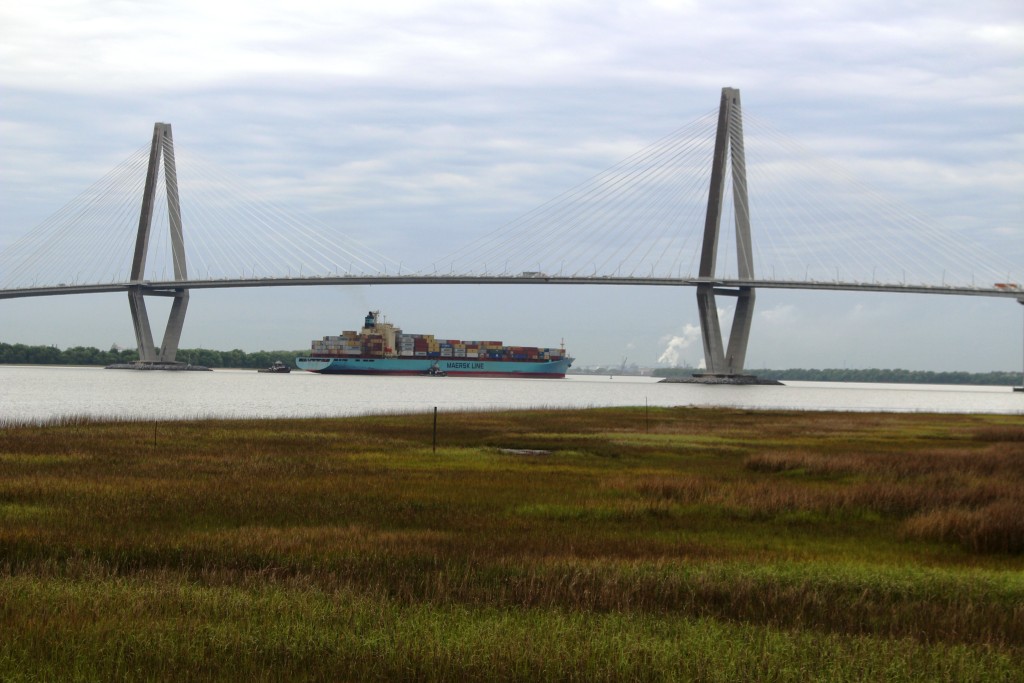
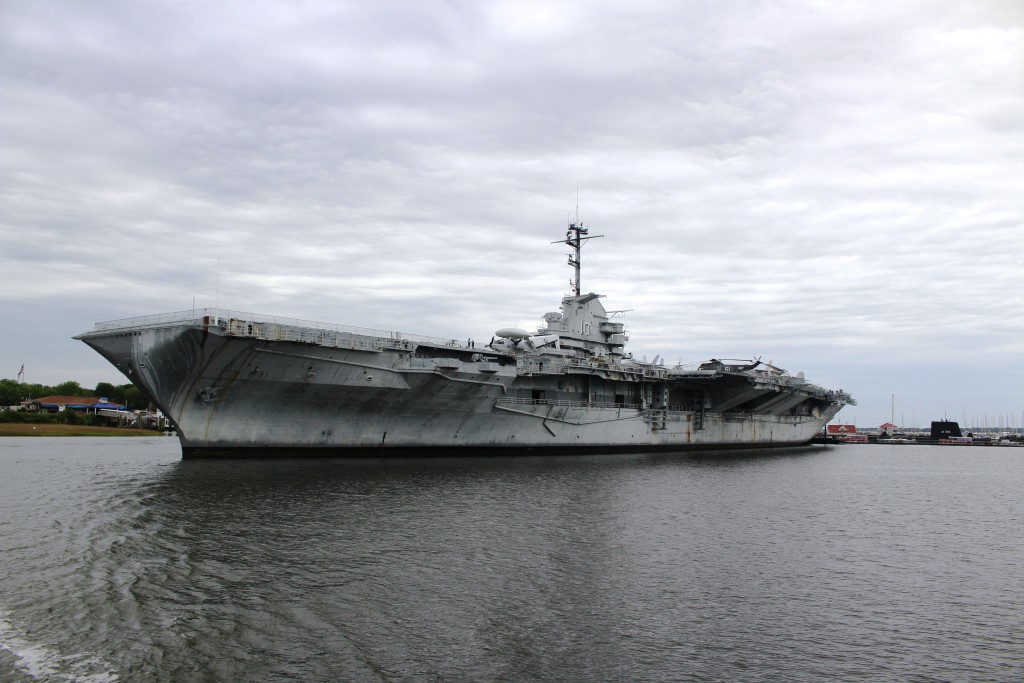
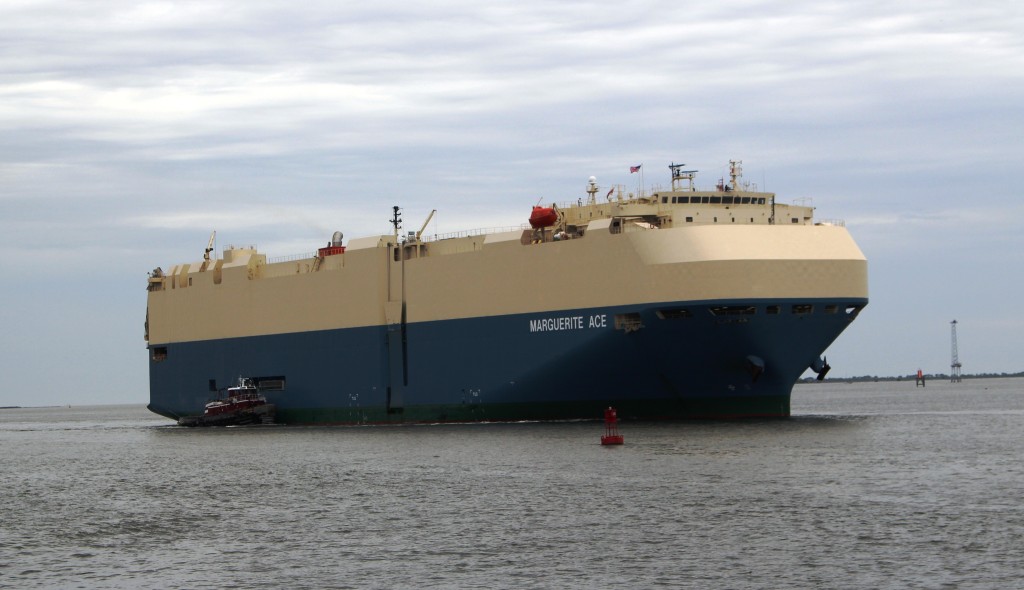
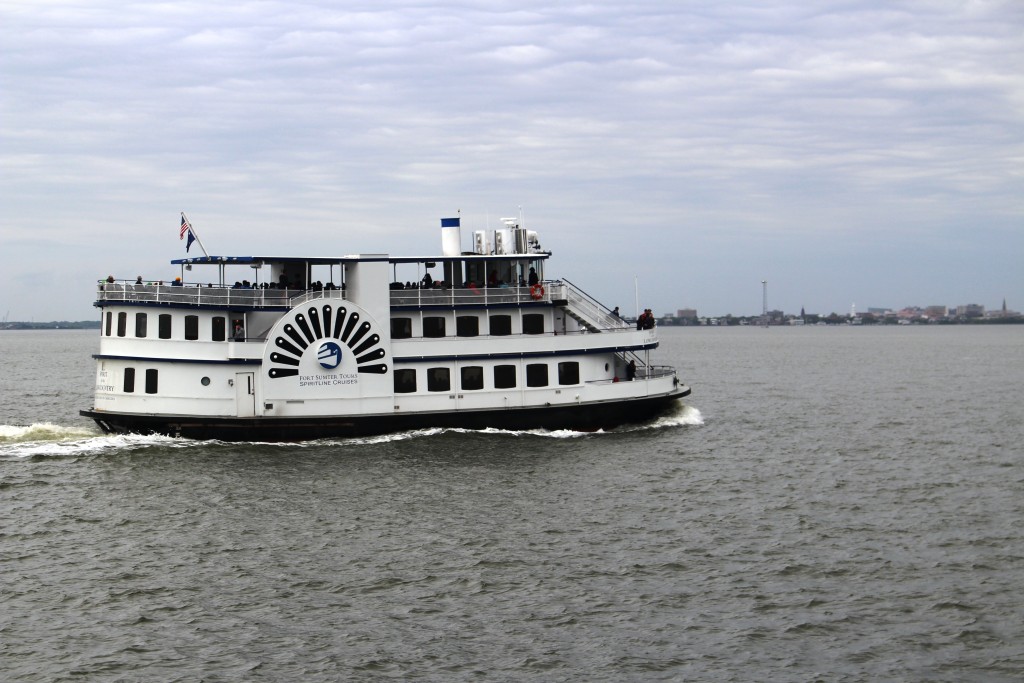

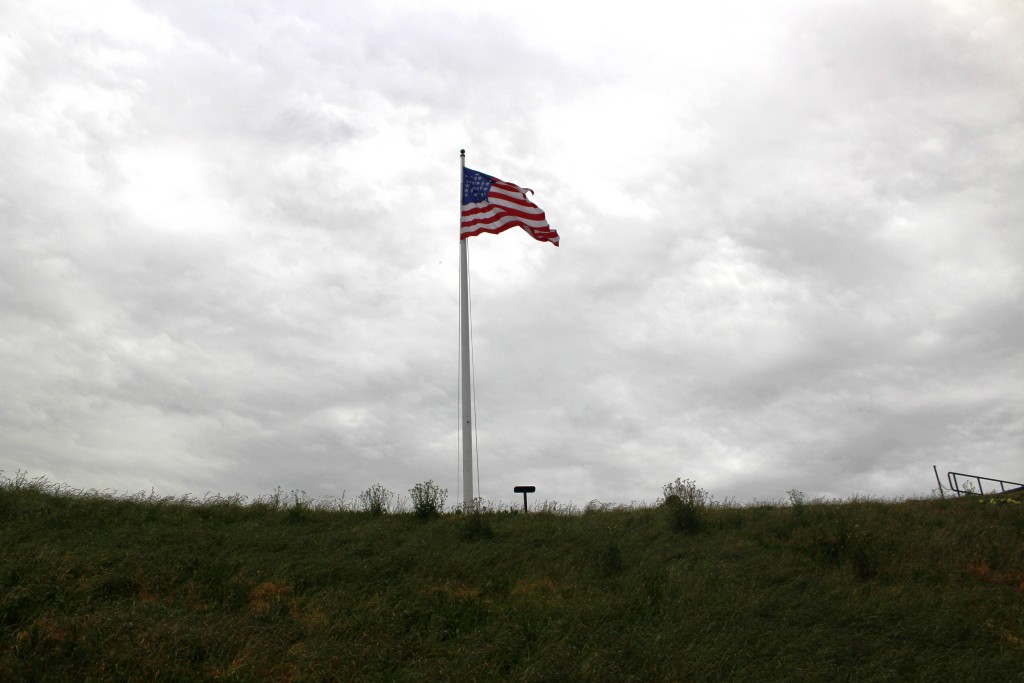
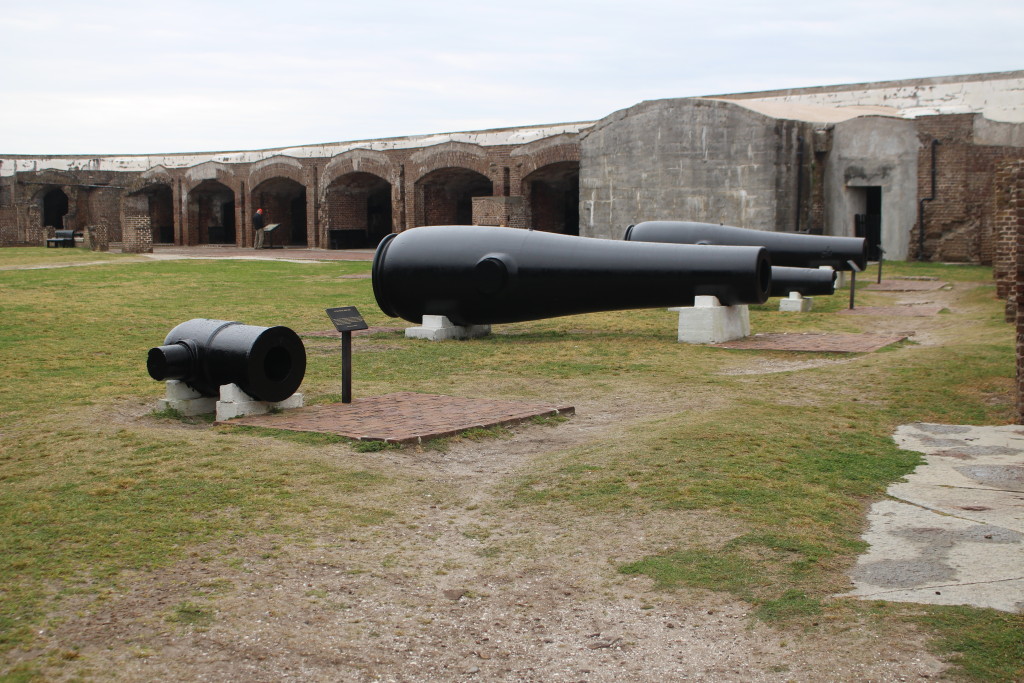
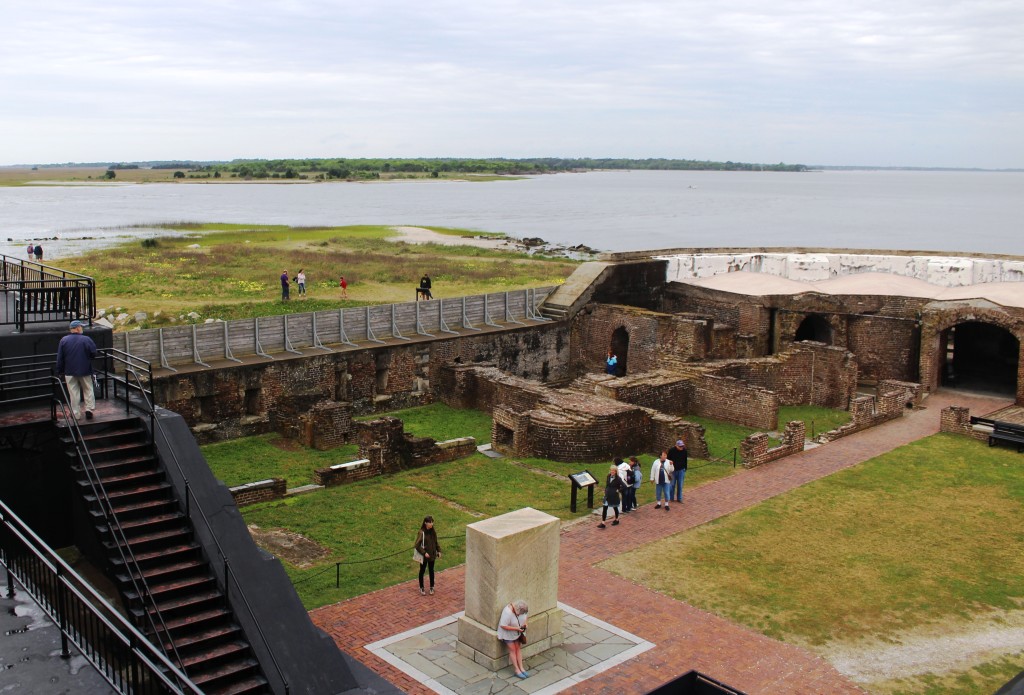
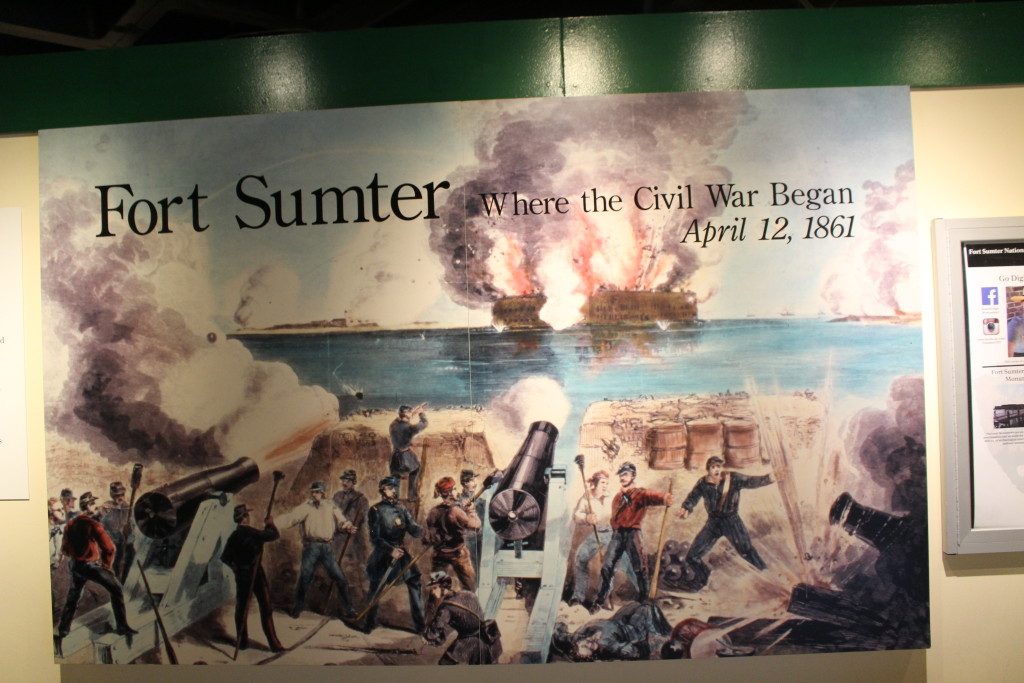
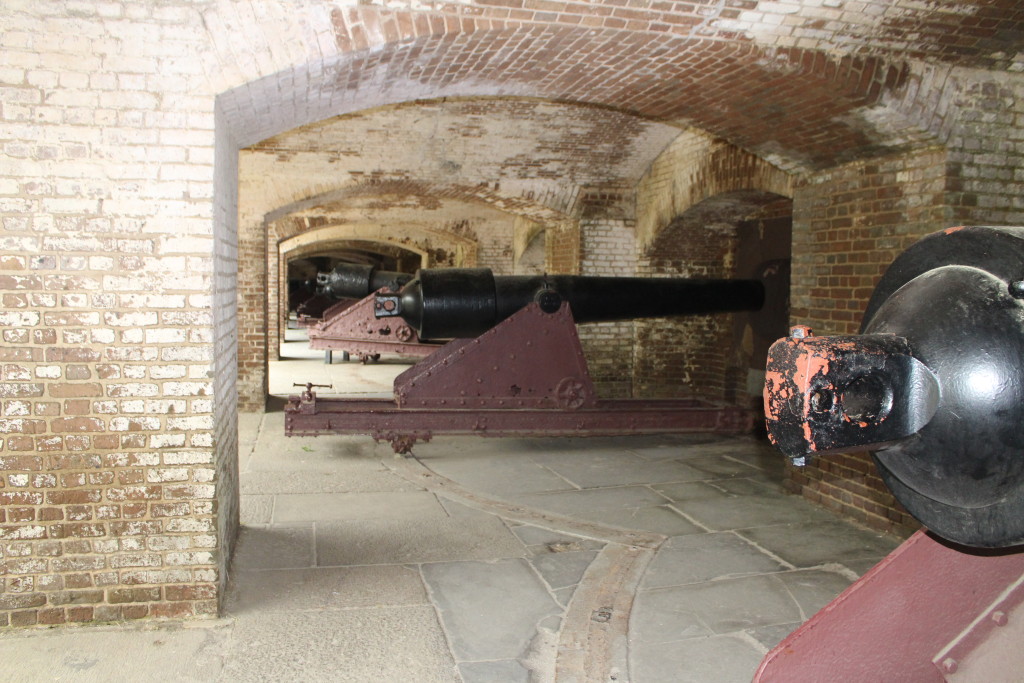
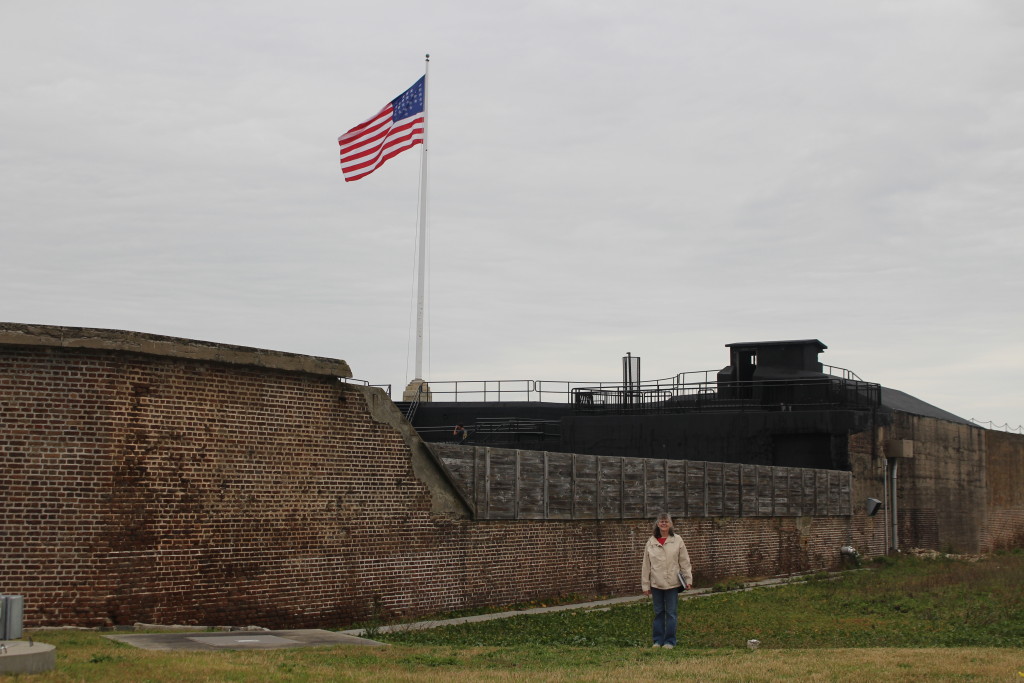
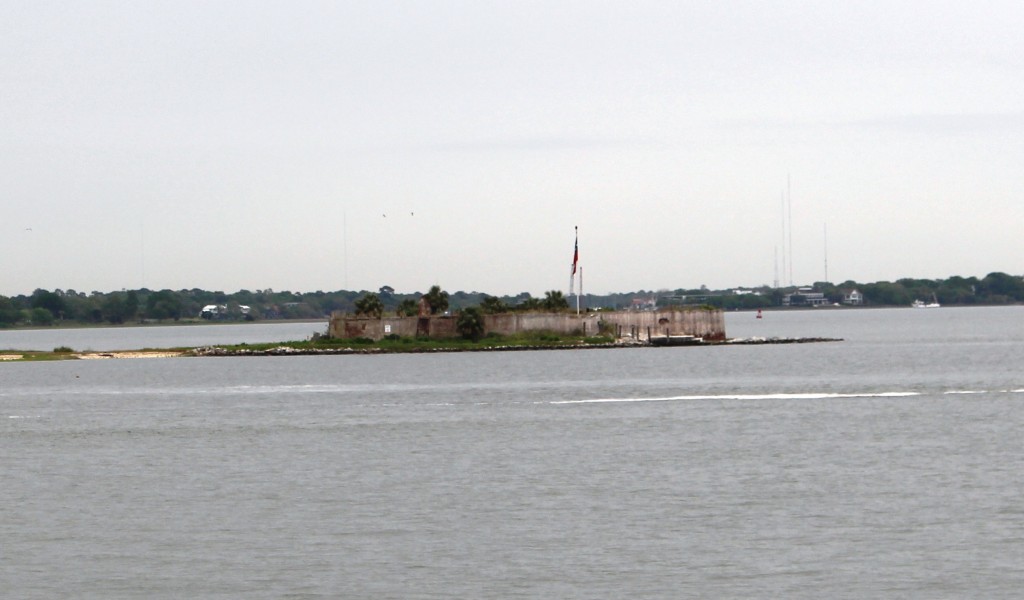

I visited Charleston, SC for three days in July 2013. Loved it.
Charleston is a wonderful city. So much history and so much to see!